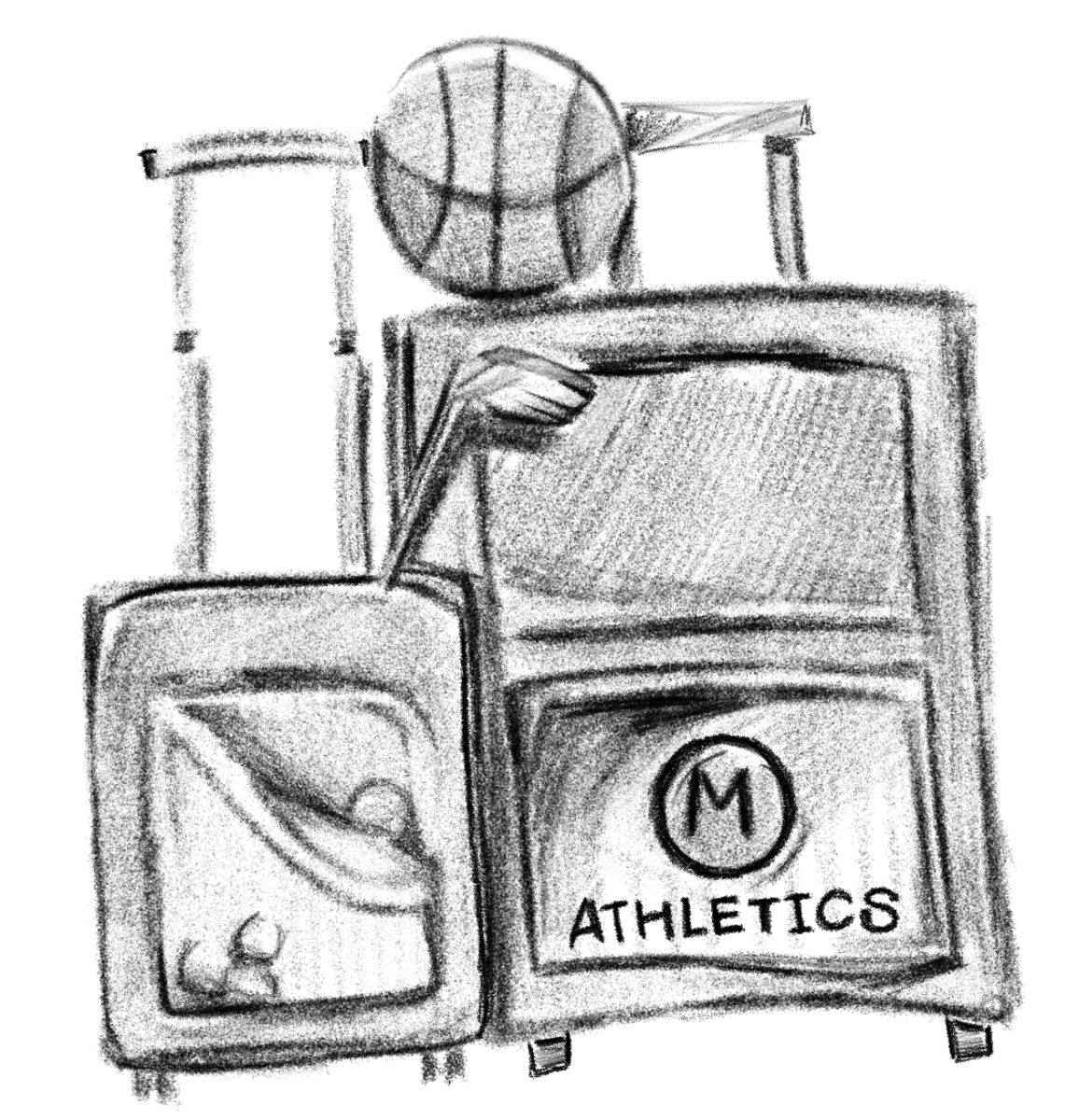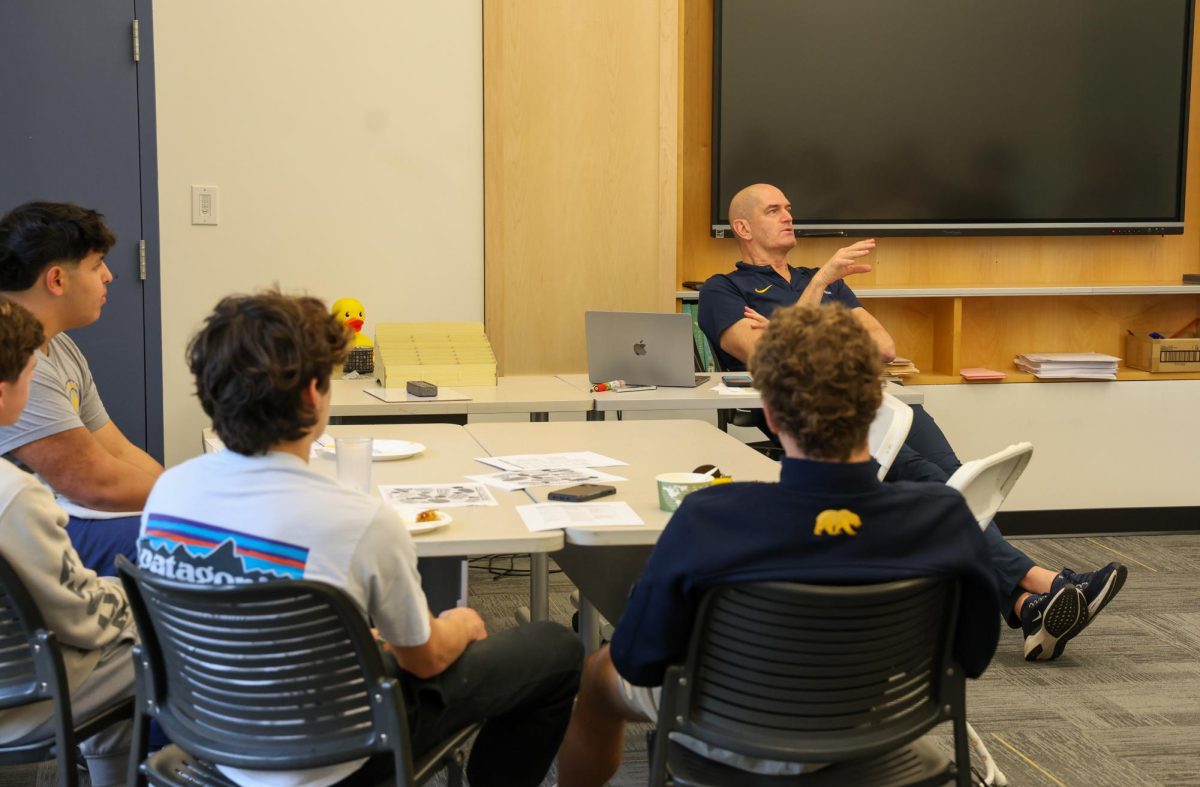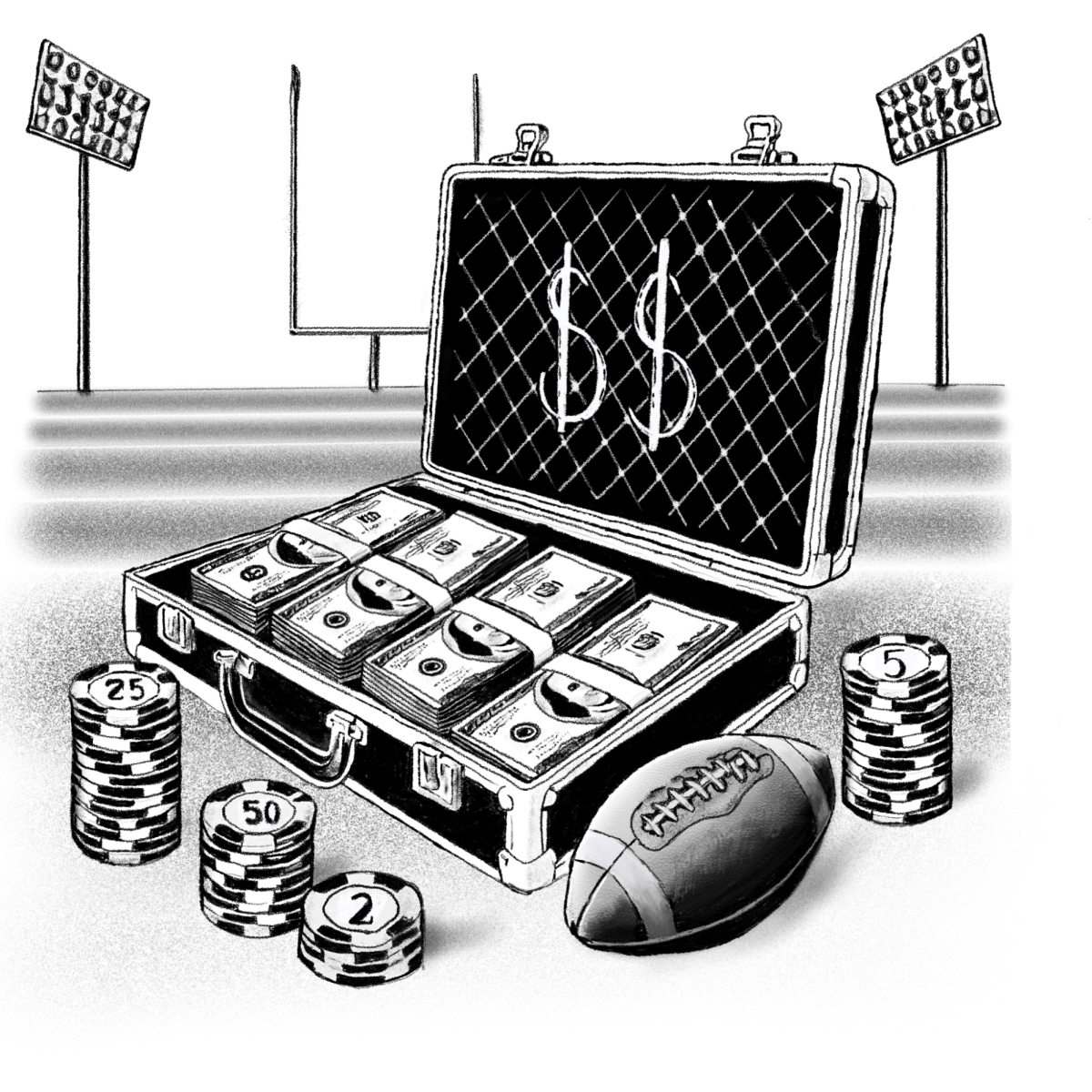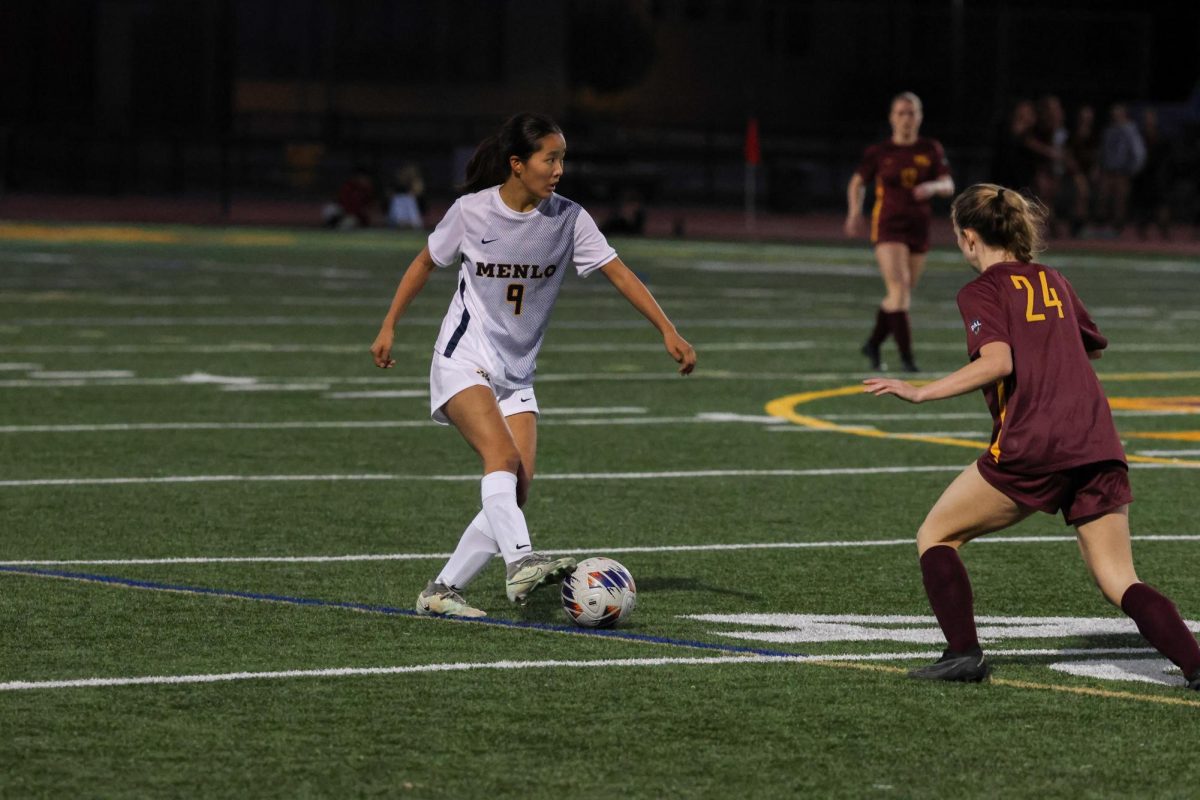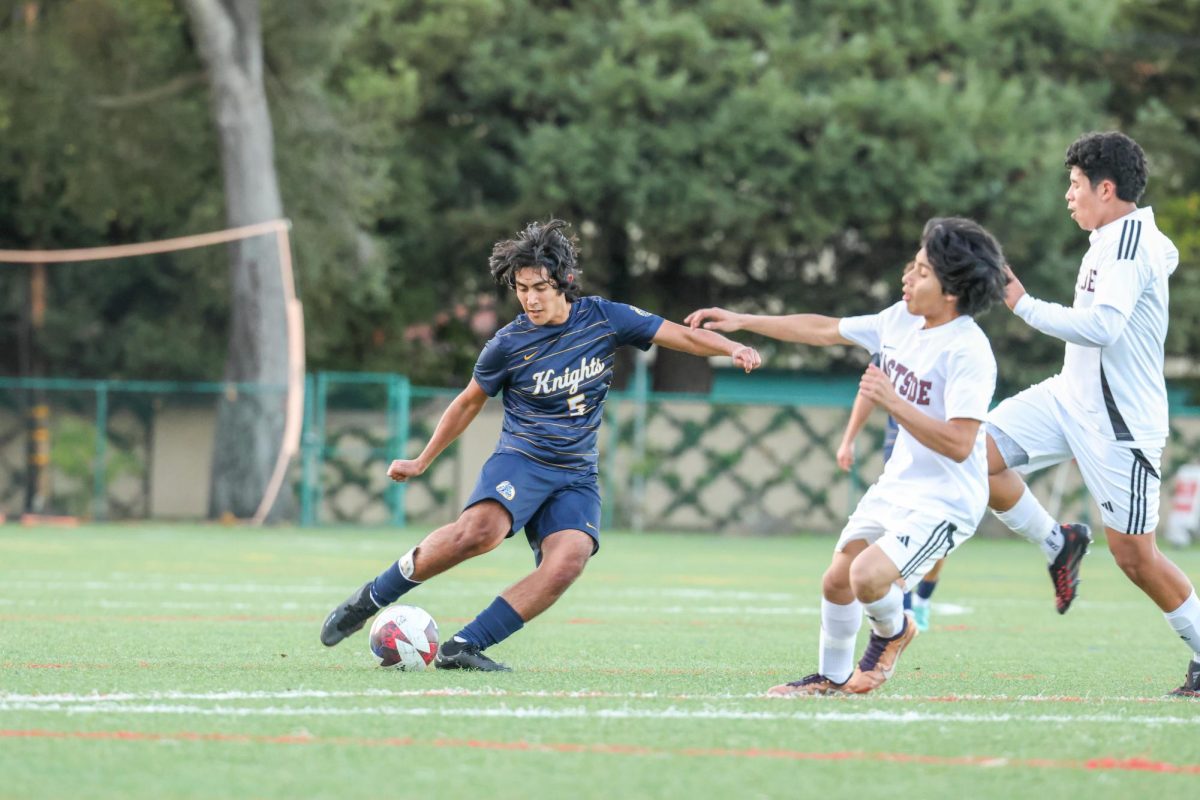
Sophomore William Beesley, an avid rower and golfer, has an affinity for trying out new sports. But unlike rowing or golf, underwater hockey isn’t exactly a household name for the average Menlo student. Give Beesley a three-pound puck, a snorkel, a padded glove, a 12-inch stick and a swimming pool with goals attached to the ends and watch him indulge in one of his favorite hobbies: underwater hockey.
In underwater hockey, two teams of six face off with the aim of pushing the puck into the 9 foot goal at the opposite end of the pool. The game consists of two 15 minute halves with a five-minute break in between. Though many of us are quite unfamiliar with the game, it’s popular in Europe and recognized as a sport by the International Olympic Committee.
Beesley first discovered this unusual sport in the third grade after finding out that his friend’s parents were on the national underwater hockey team for both South Africa and the United States. He began to join in on clinics that they would host during the summer. “Once my friend moved away, I kind of stopped playing underwater hockey for a while, and then I started again this year,” he said.
After his four-year hiatus from the sport, he now plays for the San Francisco Sea Lions Underwater Hockey Club. Beesley practices once or twice a week on the weekend and attends tournaments throughout the year that luckily do not interfere with his other two sports. “Underwater hockey — it’s not as much of, like, a time sink,” he said. “There’s just tournaments that are kind of peppered around.”
Because players must hold their breath for extended periods and then come up for air, Beesley does puck work underwater and swims laps while holding his breath to train. He also scrimmages with his team during practices.
“It’s really fun, but the thing is you have to stay underwater and you have to hold your breath,” he said. “So a lot of times you have to push yourself if you want to score or make a good possession and pass it off to a teammate.”
The underwater component of the sport presents another challenge: communicating with teammates. Since Beesley can’t talk to his teammates underwater, he has learned to trust his teammates when he goes up for air or down to get the puck. “Because there’s only six people [per team] in the pool at a time, when you go up you have to rely on the people who are down,” he said. “So it’s just really important to have a good relationship with your teammates, and I think all my teammates are really great.”
Beesley enjoys the fast-paced nature of the sport. To form a team, you need 10 players: six are in the pool and the other four are rolling substitutes. “You kind of sub out while the puck is still in play, so you just swim over to the sub box and the other person goes in while the point is still going,” he said.
While underwater hockey presents itself as a variant of ice hockey, with the only obvious difference being that it takes place in a pool instead of an ice rink, it actually requires different equipment, breath control, swimming skills and the mastering of techniques to push and position the puck while it is underwater. “I just think it’s really fun, and I like how it kind of combines a lot of different aspects of different sports,” Beesley said. “There’s a lot of strategy involved, and you also kind of have to really rely on your teammates heavily, so I really like that aspect of the game.”



